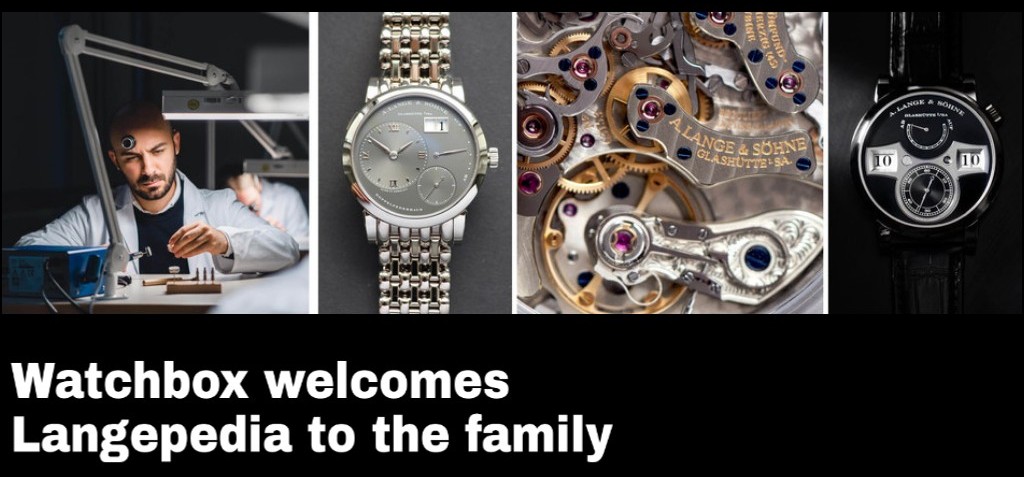NFT by Beeple - A Digital Artist Fetches A Record $69 Million At Christie's Auction
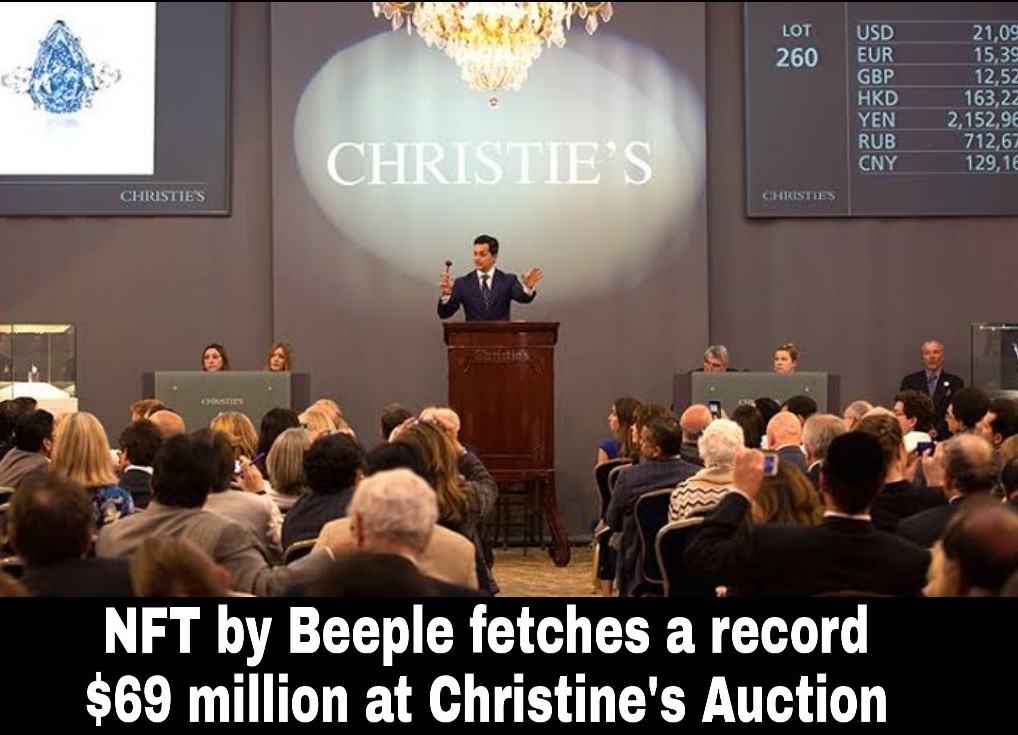
On Thursday, a self taught artist attained an overnight fame by vending a peice of art for a massive price of $69.3 million. Mike Winekelman who goes by the name Beeple sold a digital collage of tons of cranky and luminous coloured images at the prestigious Christie's auction. The Stunning price is the third highest ever for a work by a living artist, second only to pieces sold by art-world giants Jeff Koons and David Hockney.
Who is Beeple?
Mike Winekelmann goes by the name Beeple in his profession. So, Beeple is an artist. He is a graphic designer, artist, and videographer whose popular video art and design work has largely been released free under CC. Every day for the past 10 years, Winkelmann has released a drawing online through his series of “Everydays,” which is now a personal archive of over 7480 CGI drawings and animations. His output is sumptuous in other genre as well. He makes digital art, pixels on screens depicting bizarre, hilarious, disturbing, and sometimes grotesque images. He smashes together pop culture, technology, and
postapocalyptic terror into blistering commentaries on the way we live.
Beeple has 1.8 million Instagram followers. His work has been shown at two Super Bowl halftime shows and at least one Justin Bieber concert, but he has no gallery representation or foothold in the traditional art world.
And yet in December the first extensive auction of his art grossed $3.5 million in a single weekend.
What's an NFT?
An NFT is a type of digital crypto asset. They represent a specific version of any digital file whether it’s a song, a video game or a simple image. NFT stands for non-fungible token in other words, a token that is unique and not interchangeable. This kind of token is like Bitcoin. The difference is while you can trade Bitcoin and have more of the same thing that represents real money at a varying market value, each NFT is unique. Using the same technology that bitcoin uses, people can mint NFTs, creating a record of ownership that’s spread across thousands of computers around the world that cannot be changed by anyone except the owner. It’s a way of turning a digital file into something that can be bought and sold like a physical object. Possessing a token assures your ownership on, say, a particular peice of art as long as you don't trade it for some different asset. Trading eventually leads to the relinquishing the ownership.
What's so buzz about Christie's Auction?
Christie's is a British auction house founded in 1766 by James Christie. An house almost 255 years old holds a special place for attraction worldwide.
Its main premises are on King Street, St James's in London and in Rockefeller Center in New York City. Christie’s has a tradition of handling many historic sales. Major events include auctioning the contents of Sir Joshua Reynolds’s studio (1794), selling Madame du Barry’s jewels (1795), managing the 40-day sale of the 2nd duke of Buckingham and Chandos’s Stowe House collection (1848), handling the 17-day Hamilton Palace sale of pictures (1882), selling pictures from Sir George Drummond’s collection (1919), and conducting the sale of the Ford Collection of Impressionist paintings (1980). In 2017 the firm set a record with the sale of Salvator Mundi, a painting credited to Leonardo da Vinci, which was purchased for $450.3 million, then the highest price ever paid for an artwork. Christie's house is ranked second all over the world with a market shares of 25.4% solely following Sotheby's.
Is there any scope into preserving NFT?
The massive amounts of money going into NFTs right now are surely part of the broader bull market and demand for finding new and weirder assets in which to invest. But proponents say the interest in NFTs shows they have long-term value. They help solve the problem of ownership when it comes to digital artworks and are clearly helping artists who don’t work with physical materials to track the sale of their pieces and therefore make more money.
The buyer is someone from within the crypto investment community who directly stands to benefit from the growing interest in blockchain and NFTs, this is one crucial aspect to be kept in mind. If the buyer was an outsider, like a traditional art collector or venture capitalist, it would have signaled that the trend was getting real traction outside of the blockchain community. Either way, just like the dizzying rally in bitcoin prices, NFTs show that cryptocurrencies and blockchain technology are more than just spods.
Arts & Antiques
Technology

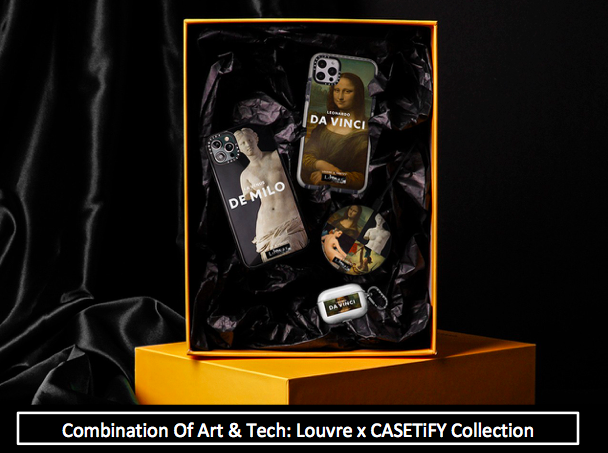
.jpg)
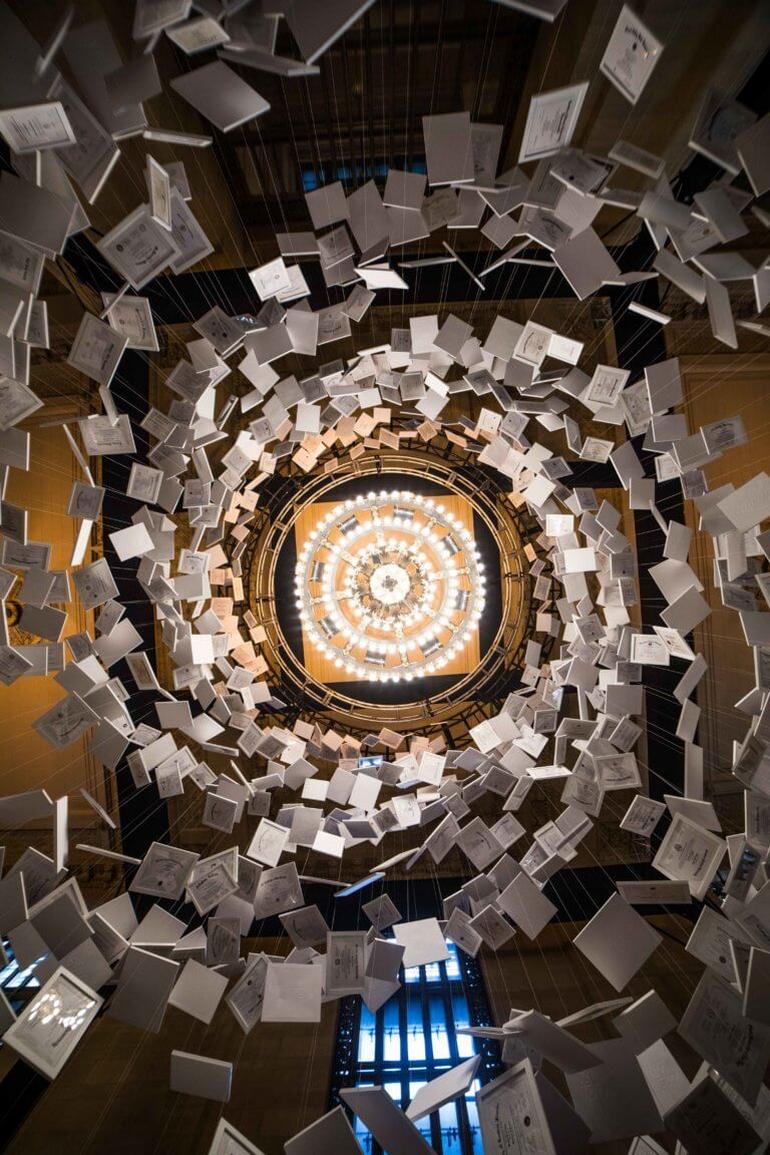
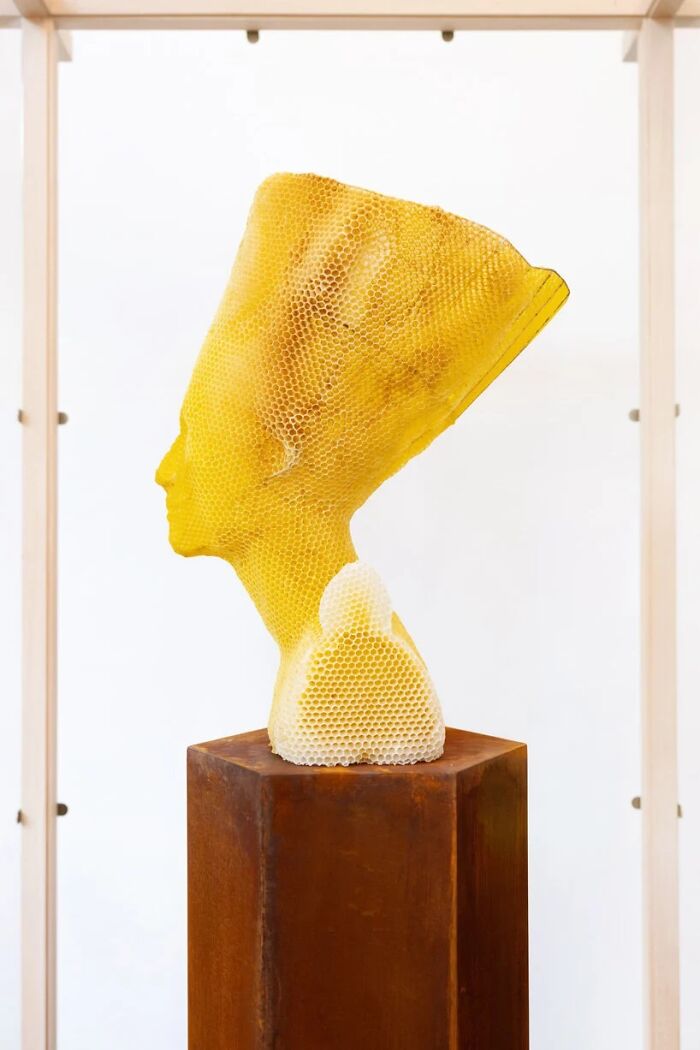
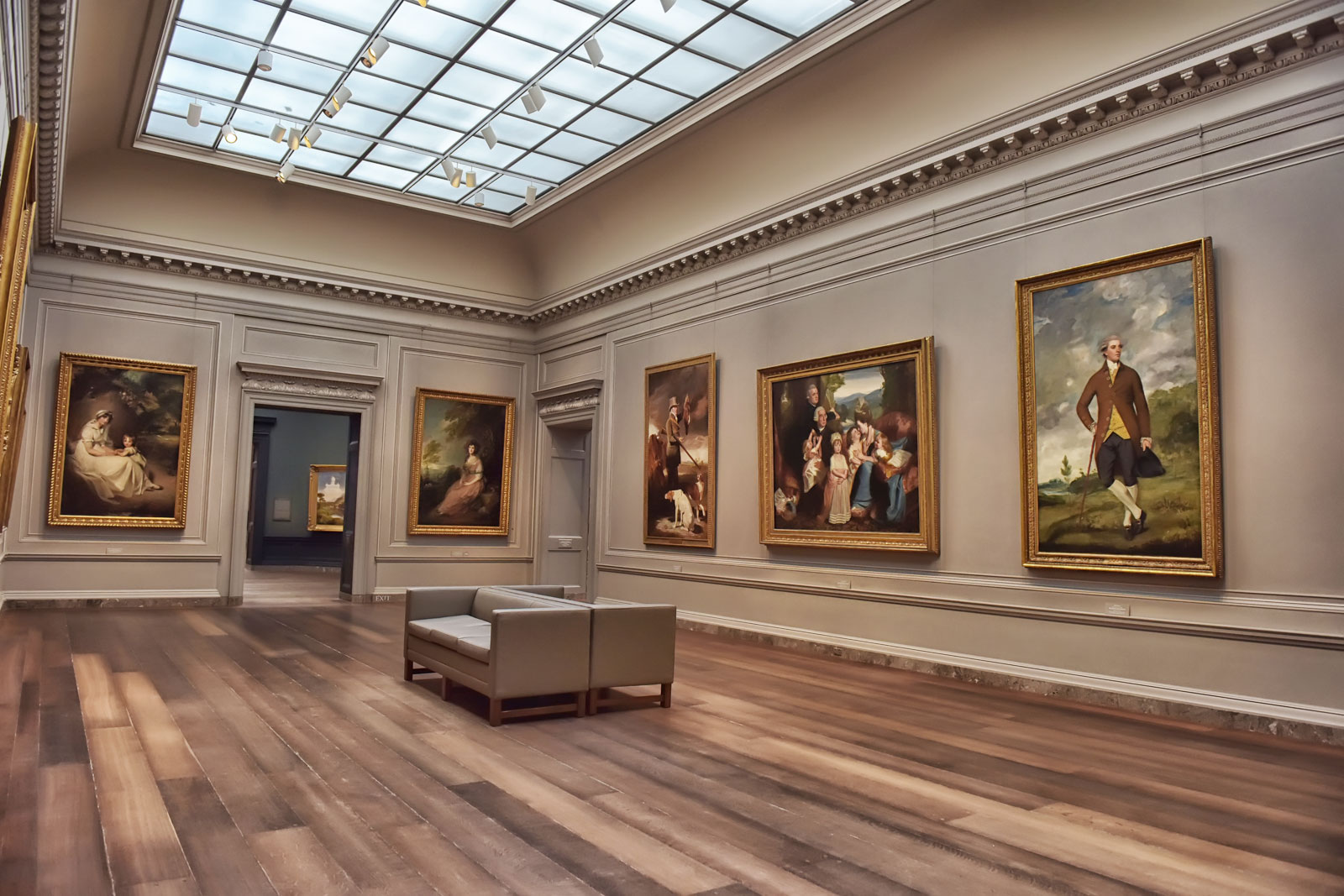

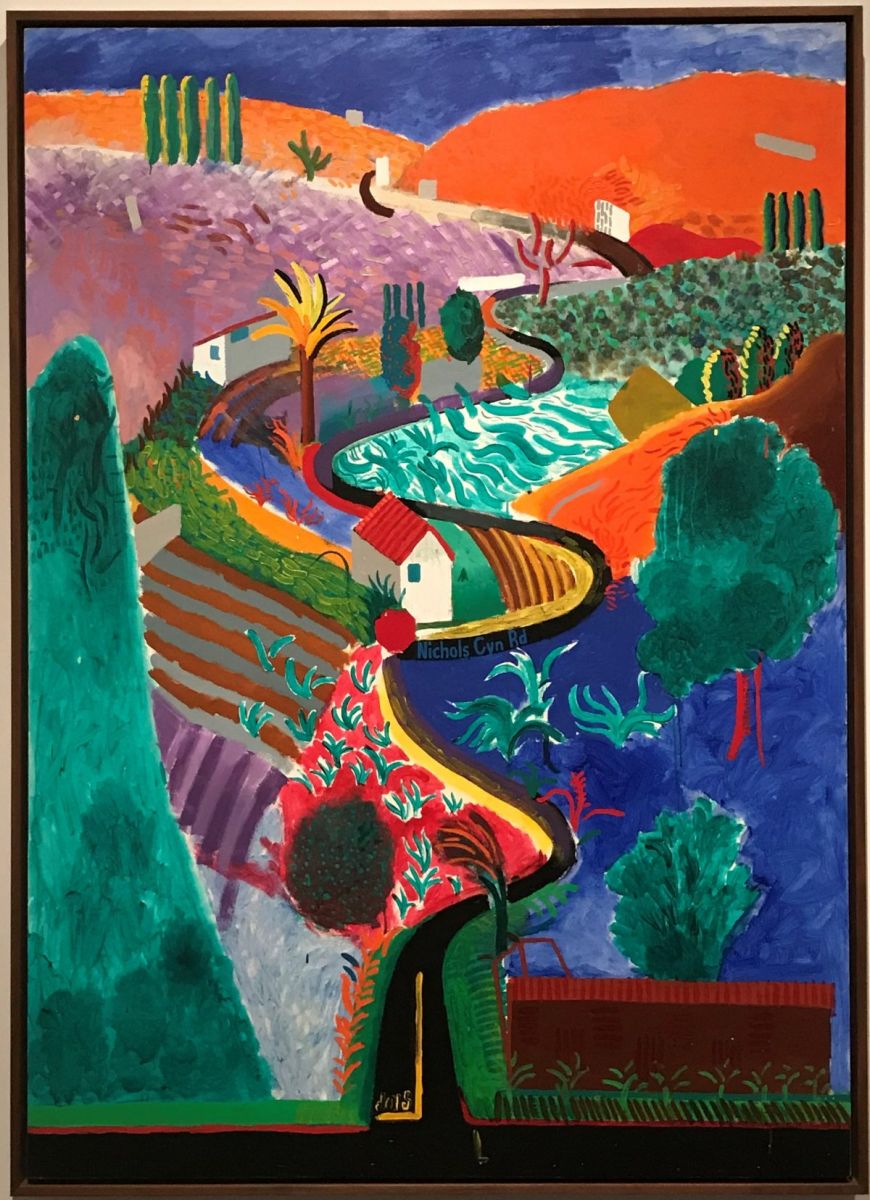
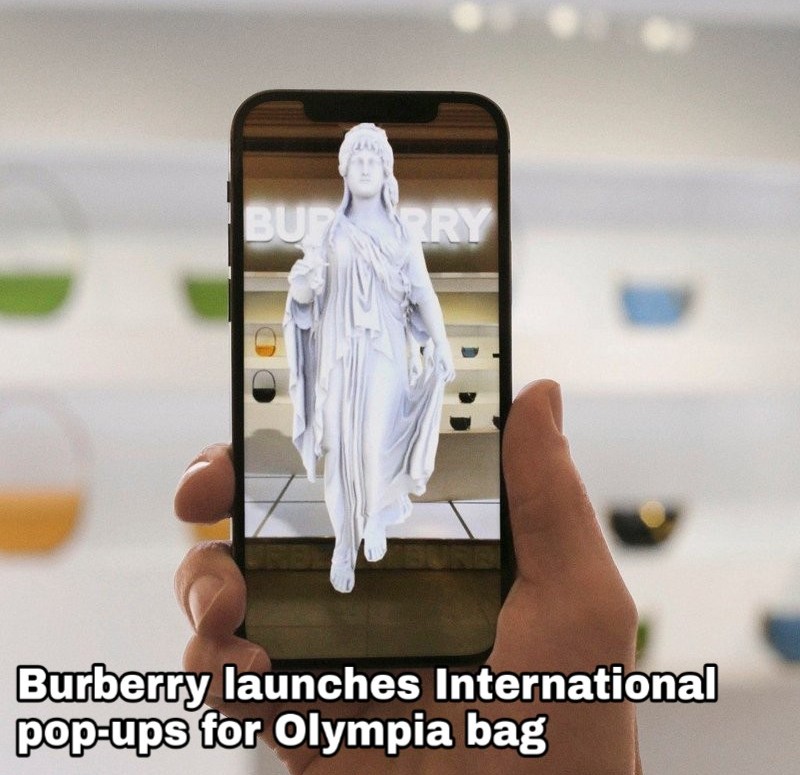

.jpg)


